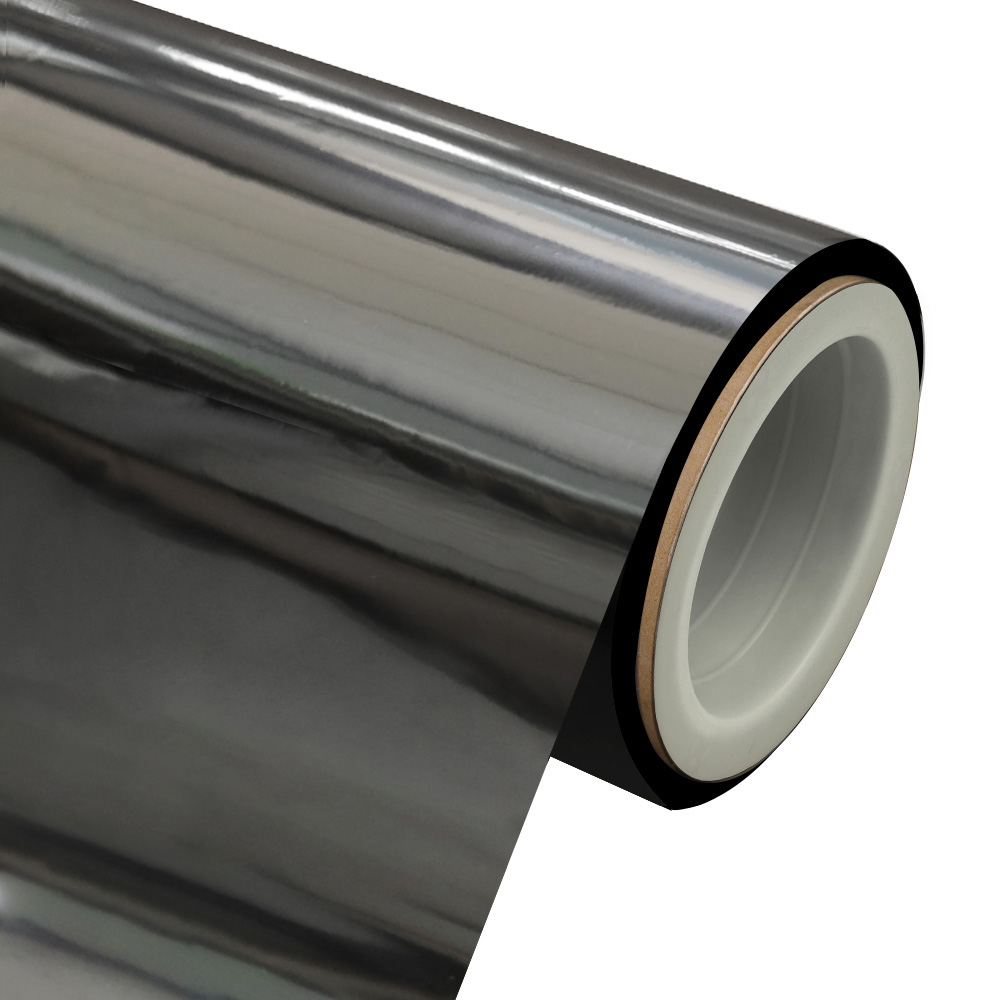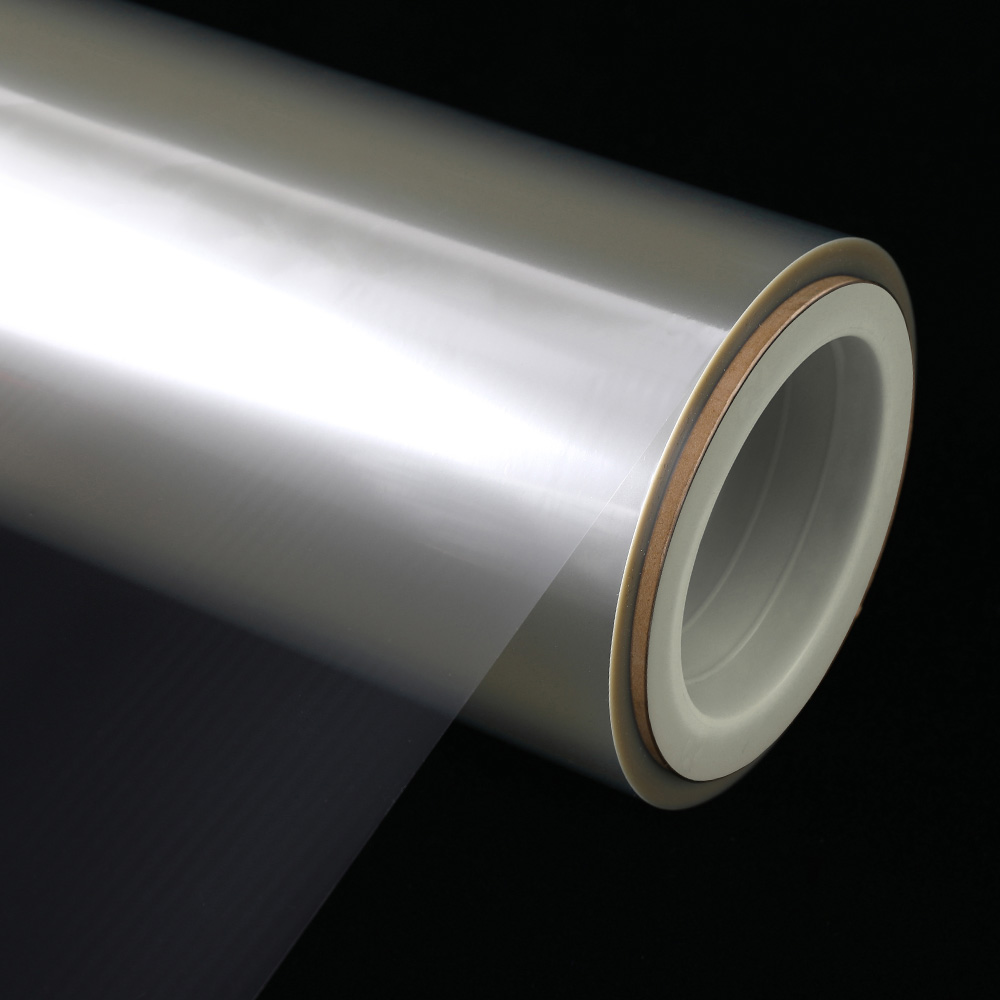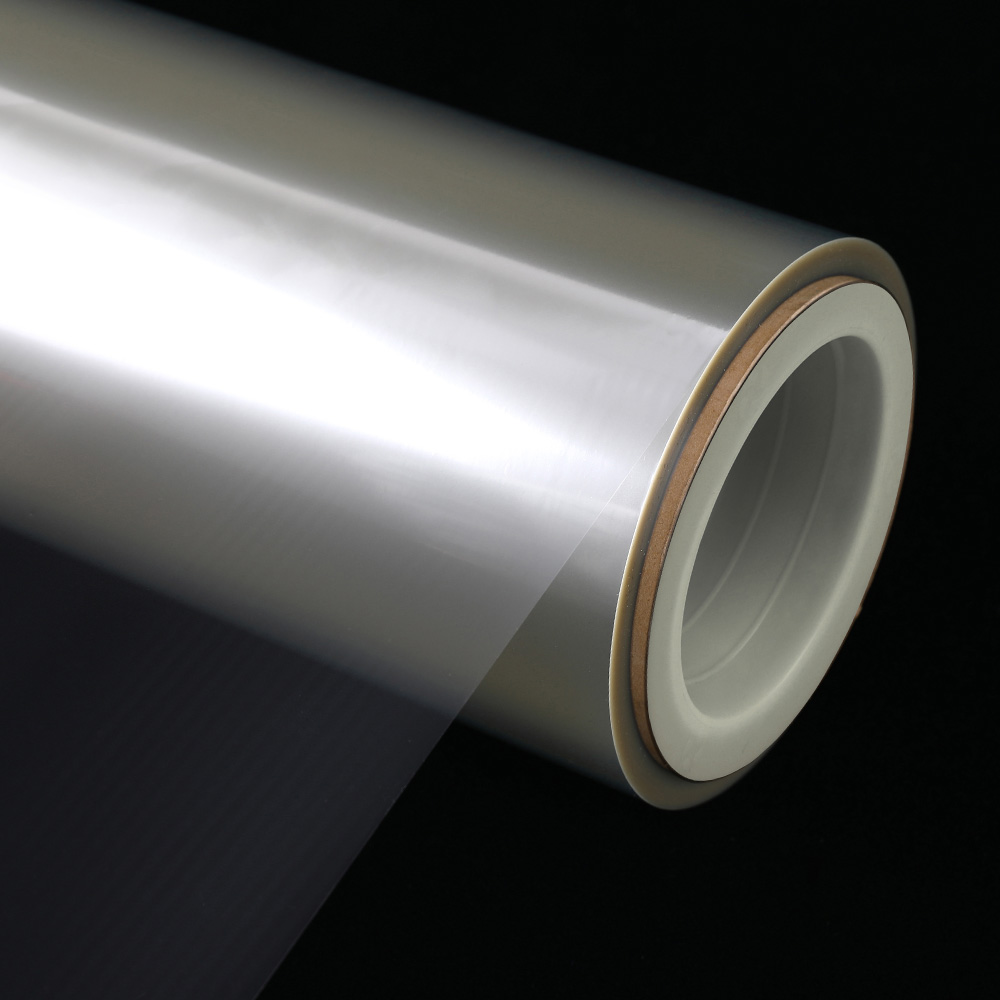What are the differences between high barrier metallized CPP film and non-metallized CPP film?
The packaging industry relies heavily on flexible films to ensure product protection, shelf life extension, and aesthetic appeal. Among these materials, cast polypropylene (CPP) film is widely used due to its excellent clarity, heat sealability, and versatility. However, not all CPP films offer the same performance. A key distinction lies between high barrier metallized CPP film and non-metallized CPP film, each serving different functional and economic needs.
1. Structural composition and manufacturing process
High barrier metallized CPP film
The high barrier metallized CPP film is produced by depositing a thin layer of aluminum (or other metals) onto a base CPP film through a vacuum metallization process. This coating significantly enhances the film’s barrier properties against moisture, oxygen, and light. The metallization layer is typically only a few nanometers thick, ensuring flexibility while improving protection.
Key manufacturing steps include:
- Extrusion of the base CPP film.
- Surface treatment (corona or flame treatment) to improve metal adhesion.
- Vacuum metallization in a controlled chamber.
- Optional lamination with other films for additional functionality.
Non-metallized CPP film
In contrast, non-metallized CPP film consists solely of cast polypropylene without any additional metal or barrier coatings. It is manufactured through a simpler extrusion process, where molten polypropylene is cast onto a chilled roller to form a uniform film. Since it lacks metallization, its barrier properties are inherently lower, making it suitable for less demanding applications.
Key structural differences:
| Feature | High barrier metallized CPP film | Non-metallized CPP film |
|---|---|---|
| Metal coating | Yes (aluminum or other metals) | No |
| Base material | CPP film | CPP film |
| Additional treatments | Corona/flame treatment | Usually none |
| Thickness variation | Slightly higher due to coating | Uniform |
2. Barrier properties and performance
The primary advantage of high barrier metallized CPP film is its superior protection against external factors that degrade product quality.
Oxygen and moisture barrier
- Metallized CPP film high barrier offers excellent resistance to oxygen transmission (OTR) and water vapor transmission (WVTR), making it ideal for food packaging film requiring extended shelf life.
- Non-metallized CPP film has significantly higher permeability, limiting its use to products that do not require stringent barrier protection.
Light and UV barrier
- The aluminum layer in metallized cast polypropylene film reflects light and UV rays, preventing oxidation and flavor loss in sensitive products like coffee and snacks.
- Non-metallized CPP provides minimal UV protection unless additional additives are incorporated.
Aroma and flavor retention
- Barrier film for food packaging with metallization helps retain volatile aromas, crucial for products like pet food and coffee.
- Standard CPP film allows faster aroma dissipation, which may affect product freshness.
3. Applications in packaging
High barrier metallized CPP film uses
- Flexible packaging for dry foods (snacks, cereals, powdered products).
- Pharmaceutical packaging where moisture and oxygen sensitivity are critical.
- Frozen food packaging due to its resistance to condensation.
- Pouch packaging for coffee, pet food, and premium snacks.
Non-metallized CPP film uses
- Overwrapping for non-sensitive products.
- Bakery and confectionery packaging where high barrier properties are unnecessary.
- Simple laminated structures where cost is a priority over performance.
4. Cost and sustainability considerations
Production costs
- Metallized CPP roll stock is more expensive due to the additional metallization process.
- Non-metallized CPP film is more economical, making it preferable for low-budget packaging.
Recyclability and environmental impact
- Sustainable metallized packaging faces challenges due to the metal layer, which complicates recycling.
- Pure CPP film for flexible packaging is easier to recycle, aligning with circular economy goals.
5. Future trends and market preferences
The demand for high barrier packaging materials continues to grow, driven by the need for longer shelf life and premium packaging. Innovations in metallized films for pouch packaging focus on reducing material thickness while maintaining performance. Meanwhile, non-metallized CPP film remains relevant for applications where barrier properties are secondary to cost efficiency.
The choice between high barrier metallized CPP film and non-metallized CPP film depends on the specific requirements of the packaged product. Metallized CPP film high barrier excels in applications demanding extended shelf life, superior oxygen and moisture resistance, and enhanced aesthetics. In contrast, non-metallized CPP film is a cost-effective solution for less demanding packaging needs.
Understanding these differences ensures optimal material selection, balancing performance, cost, and sustainability in flexible packaging materials. As technology advances, both film types will continue evolving to meet the changing demands of the global packaging industry.


 English
English  中文简体
中文简体 





